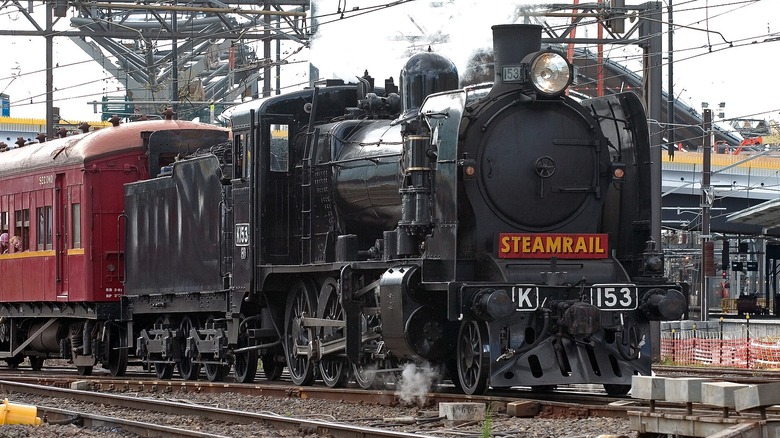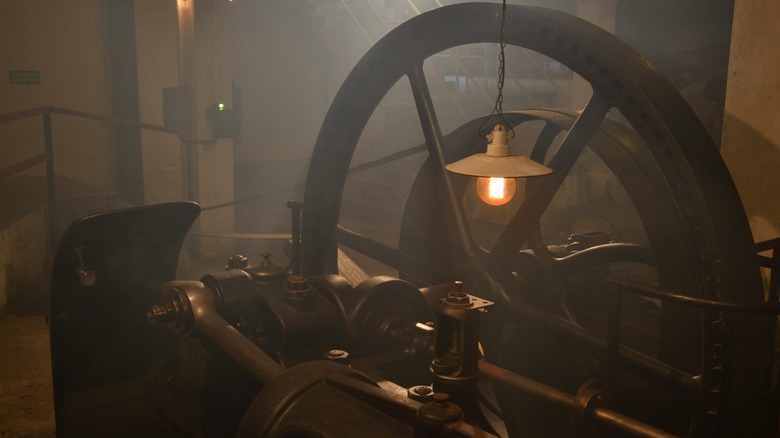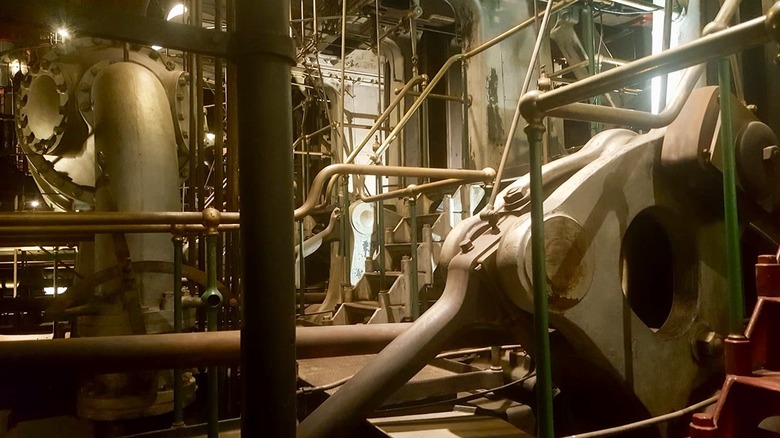How Modern Steam Engines Work: Advanced Steam Technology Explained
The introduction of several advanced, efficient, and more robust power options over the years has largely overshadowed steam engine technology. However, it was a revolutionary technology that, upon its inception, helped power everything from a simple car engine to entire trains and commercial ships. However, steam engines had their own set of shortcomings, like its continual dependency on labor for operation, rising maintenance bills, and the emissions that were caused by it. Due to their complex operation and issues, most steam engines have gone out of use.
The technological advancements to the existing steam engine have led to several renditions of the technology, each a little better than the last. One notable advancement was the engine developed by American engineer Abner Doble. Considered robust and practical, one of the most unique elements of Doble's design was that the steam from the exhaust was redirected to the main assembly to be converted to water, generating more power as a result. Plus, the system reacted to steam pressure as well as temperature, controlling the feed pumps and burner accordingly.
At one point, his inventions became so popular that they were equipped in steam cars and even buses. In the years following, several companies worked on the technology and came up with newer systems. For instance, the Sentinel Waggon Works' water-tube boiler was a hit among railways for its design, where the tubes were heated externally. Similarly, the inventions of André Chapelon and Livion Dante Porta propelled the modern steam locomotives in the late 1940s and '50s.
[Featured image by jimmyharris via Wikimedia Commons | Cropped and scaled | CC BY 2.0]
Diving in to the actual functions of the modern steam engine
Advanced steam technology is not a single mechanism, but instead a series of advancements that have come over the years. One of the main advantages of the more advanced tech was the separation of the combustion and power delivery mechanisms. This helped minimize the excess leakages and losses in the system while also reducing the overall noise generated and harmful gases like carbon monoxide and nitrous oxide.
The steam engine developed by Newcomen was a marvel for its time, but had lots of room for improvement. To cover its inefficiencies, the newer designs utilized rotational motion over the former's linear motion. The ability of the atmospheric pressure to force the piston down is restricted by the use of a flywheel, crankshaft, and rod during the operation. Instead, the reverse stroke is controlled by steam via a valve that controls its entry and exit from the cylinder — or multiple cylinders for larger machines.
The valve, in turn, is controlled by a cam, which leads to the engine working on both strokes of the engine instead of one. Additionally, the excess power that goes out of the exhaust is again connected back to the cylinder via a pipe that converts steam to water, which is again heated through an external heating mechanism, powering the core system again. This system was the core of many modern-day locomotives, including the Union Pacific Big Boy.
[Featured image by Pudelek via Wikimedia Commons | Cropped and scaled | CC BY-SA 4.0]
Today's steam engine tech can power locomotives and also help generate electricity
Though advanced steam technology has impacted many industries, the one that it affected the most was railways. Several modern locomotives that ran on steam engines kept getting better with time. One of the most famous examples of steam technology in terms of locomotives was the 5AT project. It aimed to craft steam locomotives incorporating all technological advancements that occurred during the 1960s to improve the overall range, pace, and power of steam systems.
The project, which began in 2001, was halted in 2012 due to depleting finances and support before it could come to fruition. However, members of the same team continue to operate under the banner of ASTS (Advanced Steam Traction Trust), pursuing their former goal of improving the performance of steam locomotives, reducing harmful emissions, and keeping the system economical.
21st-century steam technology has moved much further from merely powering automobiles and locomotives. The steam technology, combined with other power-generating sources, can produce huge amounts of electricity. For instance, a system called SHAPE (Sustainable Heat and Power Engine), patented by the French renewable energy firm Exoès, can utilize solar, fossils, or biomass as sources for heat generation. It can produce heat and electricity simultaneously, since it equips a Rankine engine that significantly reduces friction losses.
In the initial stage of the system, the solar rays are concentrated to achieve higher temperatures using mirrors. The rising temperature then leads to heating the working fluid, which then converts to pressurized steam that is, in turn, used for generating electricity via an alternator. The steam from the outlet is channeled back to the solar field after being converted to water via a heat exchanger. The solar section again vaporizes the liquid and propels it to the main engine.
SHAPE can be utilized for mid-size domestic and industrial applications since it is currently restricted to work with only stationary systems. However, it could be incorporated into automobiles and locomotives in the near future with some tweaks to the mechanism.
[Featured image by Beeblebrox via Wikimedia Commons | Cropped and scaled | CC BY-SA 4.0]


